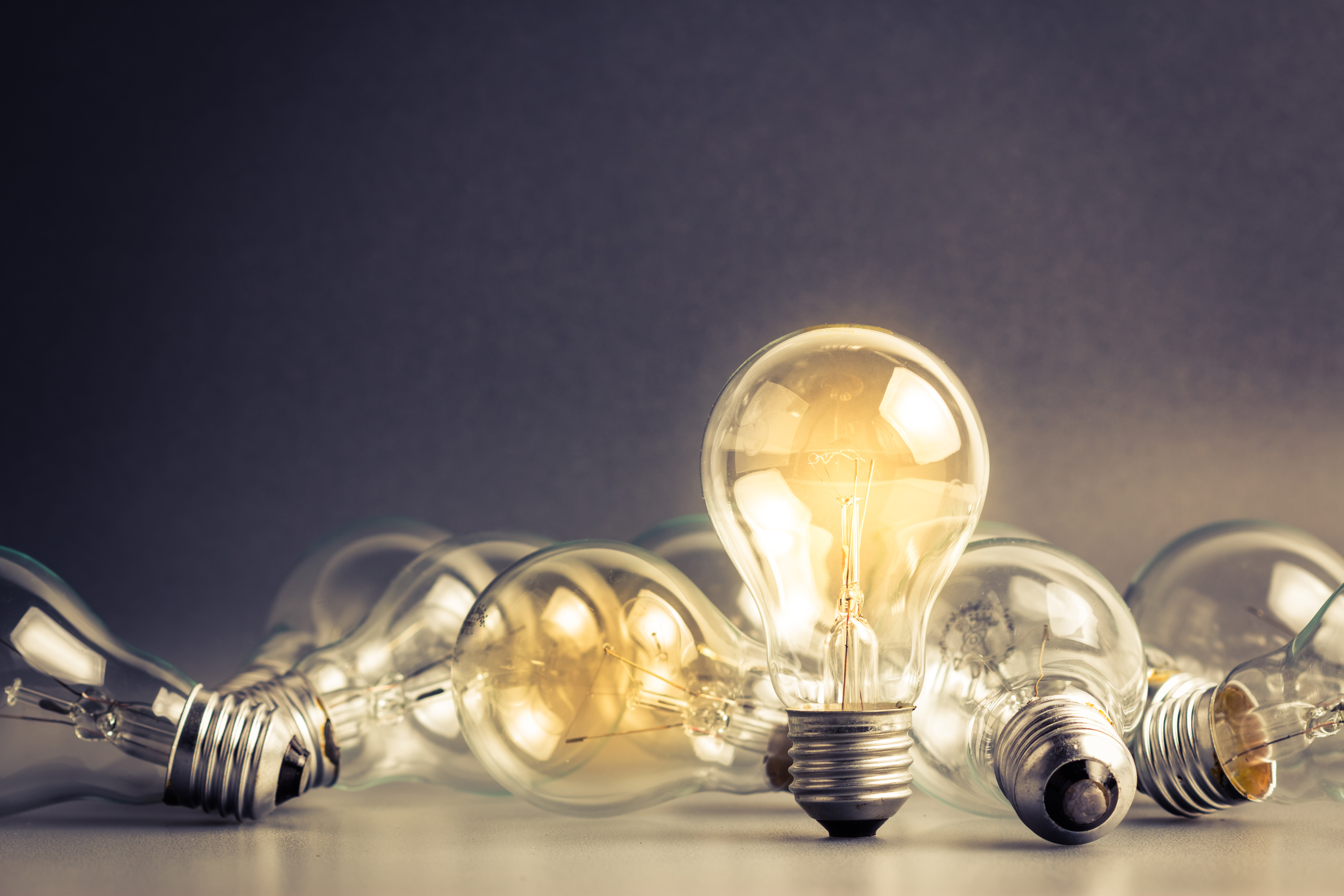Of all the things the Covid-19 pandemic has disrupted, perhaps the most universal change we have encountered is the disappearance of most of the structures that governed our lives. Whether in the workplace, our homes, or social settings, we have collectively found ourselves operating in vacuums in which the various, previously separate, aspects of our lives have converged.
The result? For the first time, the flow of our days has been entirely in our hands… for which we have found ourselves somewhat unprepared. Many have felt busier than every before, but without a commensurate spike in productivity or a heightened sense of fulfillment. On the contrary, a general sense of fatigue has set in, peppered with anxiety generated in equal parts by the fact that we are living through a global pandemic, and the fact that adaptation hasn’t been as easy as we might have hoped.
Yet, perhaps this is precisely the catalyst we needed to re-evaluate the traditional view that “busier is better”; after all, it’s not creating a longer to-do list that’s hard, but controlling whether it informs more focused expenditures of energy, or triggers an energy loss to the anxiety generated by the list itself!
Prior to the pandemic, the way we spent our energy was guided, in large part, by the external frameworks in which we operated. For example, when in the workplace, only the work-related action items applied. Similarly, household errands were naturally reserved for after work, or the weekends. Parenting or family-specific tasks were interspersed here and there, and we simply needed to go through our days, allowing our external cues to dictate where our energy went, at any given point in time.
The suspension of those external indicators, however, begs the question of whether we are focusing energy into the things we are actually doing, or whether we are fatiguing ourselves and losing energy to anxiety over all the things we have to do. If you find that you’re doing a little bit more of the latter, then this might be a golden opportunity to change the paradigm; take back control by creating your own framework to get more deliberate about how you’re utilizing your energy.
1. DEFINE YOUR PILLARS
A good place to start is to identify the main pillars of your life. These are generally the spheres that were kept physically separate in a pre-pandemic world. For example: career, parenting, home life, physical activity, hobbies.
While these can and must exist in tandem, it’s important that each area has its own distinct objectives, responsibilities, and trajectories, and that they don’t get tangled together, even when happening simultaneously. These pillars prop up your framework, and the more clearly you outlay these for yourself, the easier it will be to build from there.
2. PRIORITIZE YOUR DELIVERABLES
The next step is to pinpoint your deliverables for each of your life pillars, and categorize them as either “mandatory,” “if at all possible,” or “non-essential.”
For the purposes of this exercise, the litmus test for “mandatory” is asking whether doing something is absolutely mission critical to reaching your objectives in a given sphere. “If at all possible,” is closely behind that: the things that are important to you and you would truly like to do, but aren’t absolutely necessary. Anything that doesn’t fall into these two categories is classified as “non-essential.”
3. MAP IT OUT
Once you have categorized your to-do items, it’s time to take the process from theoretical to practical, by mapping out how everything will play out in practice.
Using a physical calendar (as opposed to a calendar on a device), begin by mapping out everything classified as “mandatory” in one color. Then, move down the list, and add your “if at all possible” items in another color. Finally, with whatever space is left, fit in the “non-essential” activities.
4. REFINE, REFINE, REFINE
Now that you have everything plotted out, how does it look? With the most realistic view possible, consider whether you have created something that is both feasible and sustainable. There is a very good chance that it may not be! If that’s the case, take another look at the way you’ve categorized things. There may be some things that fall into a certain category in theory but, in practice, might have to be deprioritized.
On the other hand, what you come up with might look just fine, but once you start executing on it, you unearth adjustments and refinements that need to be made. Make the adjustments. After all, if your framework is going to be sustainable, it has to be dynamic in nature.
Perhaps on some weeks or days, some of your pillars need more attention than others, or action items move up or down in priority. Bearing these possibilities in mind, keep evaluating your framework, and keep making those choices as necessary.
Ultimately, that is precisely the objective of this exercise: creating a set of tools to facilitate constant and proactive choice when it comes to how you are expending your energy. In the absence of deliberate choices on where our energy goes, it is all too easy to exhaust ourselves squandering it, yet without realizing any real returns in the process. This is particularly relevant to the current climate, in which the feeling of being busy and tired, yet experiencing diminishing productivity, is all too common.
It is certainly true that we find ourselves in an unprecedented set of circumstances, however, if it can serve as an impetus for establishing our own frameworks to inform more deliberate and efficient choices on how we invest our energy, then when we eventually return to a world characterized by systems, we will be better prepared to leverage them, rather than allowing them to dictate the flow of our lives.


